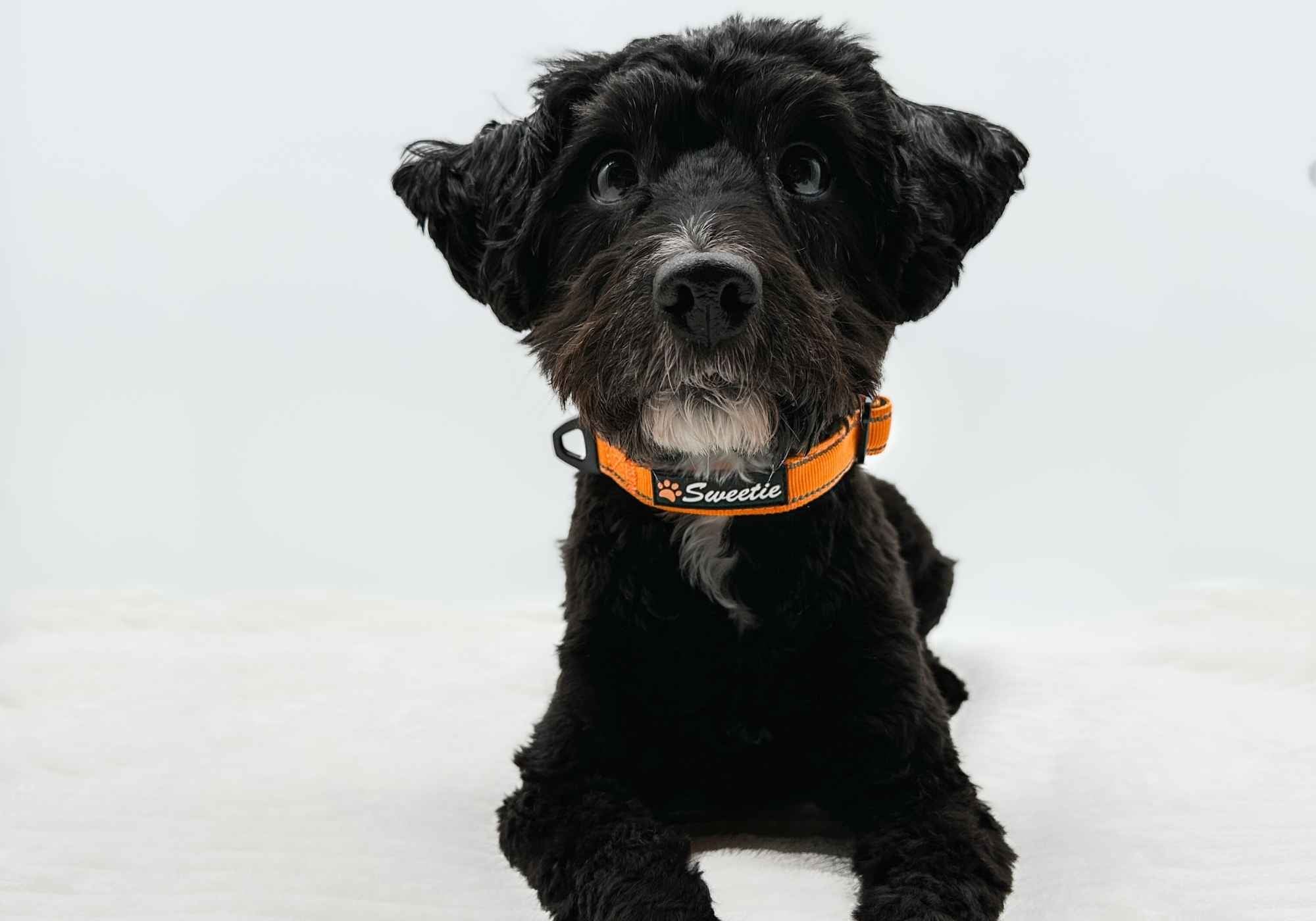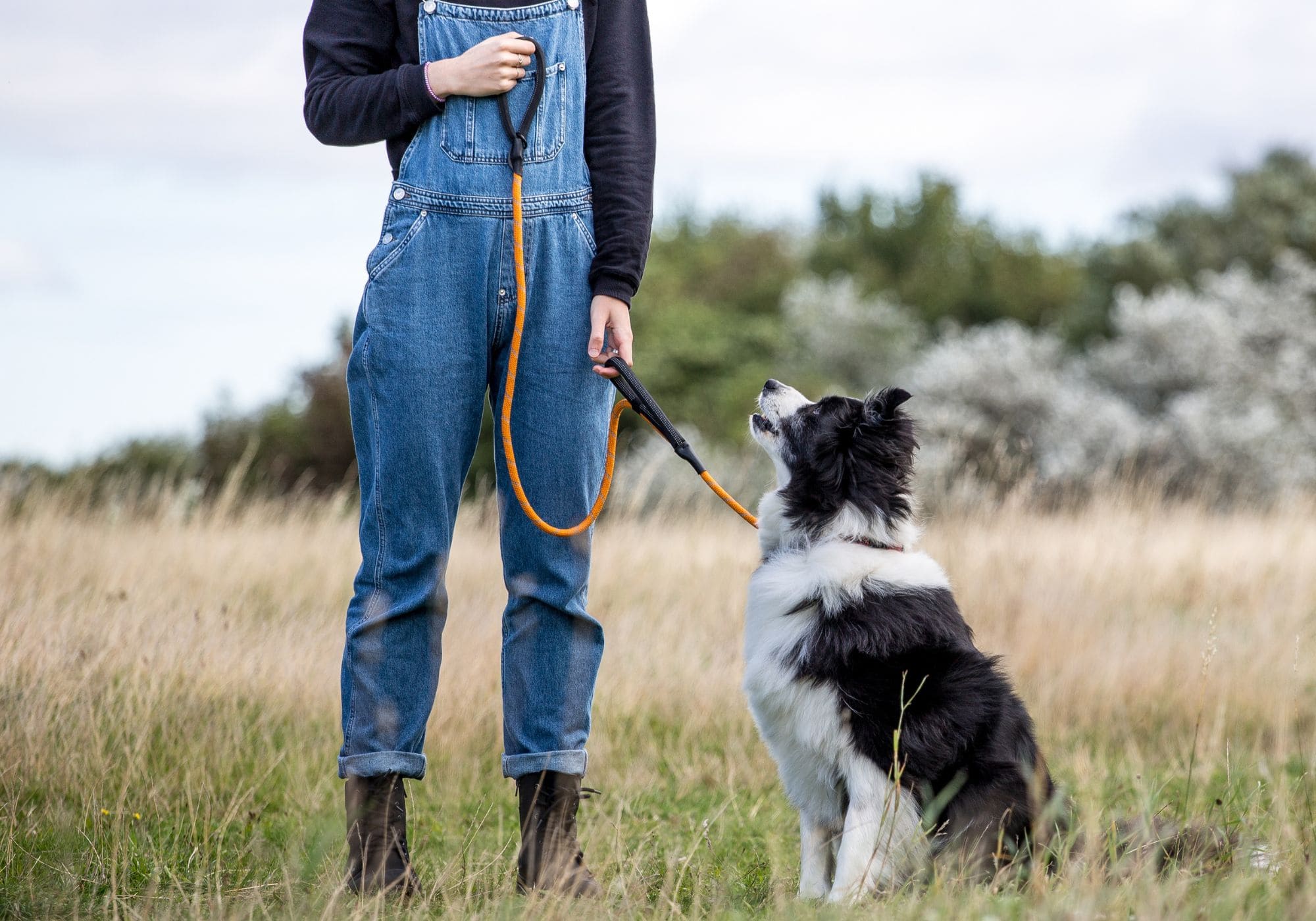How Can I Prepare My Dog for a New Baby or a New Pet in the Household?
It's an exciting time for any family when a new baby or pet is on the way. However, the situation can be quite nerve-wracking if you already have a four-legged family member because dogs are protective and possessive. This dilemma leaves many pet parents asking, “How can I prepare my dog for a new baby or a new pet in the household?”
You can prepare your dog for a new baby by playing common baby sounds, shifting pet care responsibilities, and insinuating the presence of a baby. For a new pet, ensure to obedient-train the resident dog, provide separate spaces, and avoid clutter to prevent aggressive behaviour.
In the rest of this article, I’ll discuss how to prepare your dog for a new baby or a new pet in the household. I’ll share some paw-some tips that will make the process easier for you and your pup. So, grab some treats and let's prepare your pup for the newest addition to the family!
How to Prepare a Dog for a New Baby in the Family
If you're expecting a new baby, it’s essential to ensure your canine friend is well-prepared.
Readying your dog for a new baby ensures everyone lives a long and happy life together.
I'll discuss how to prepare your dog for a new baby in two sections:
- Before the baby is born
- After the baby is born
Preparing a Dog for a New Baby Before Birth
Before the birth of your child, you can do the following to prepare your furry friend:
Start Early
Dogs take between 3 and 6 months to learn and develop a new habit. Therefore, it’s better to start the preparation as early as possible. This way, the dog will have acclimated to the new normal by the time the baby arrives.
It's advisable to enrol the dog in obedience training classes so it can acquire basic obedience skills. This will make it easier to manage the dog's behaviour when the baby comes.
Enrolling the dog in a group class will help the dog to acquire these skills much faster.
Alternatively, you can train your dog at home if you don't have the means for obedience training classes.
Introduce Baby Sounds

Newborns cry a lot to convey hunger, sadness, and discomfort. Unfortunately, these cries and commotion can overwhelm your furry friend.
To help solve this problem, introduce the dog to such sounds as early as possible.
A rule of thumb is to introduce the dog to these sounds four months before the baby's birth. This will make the dog accustomed to these unfamiliar noises they will hear after the baby is born.
Some baby sounds to introduce your pup to include:
- Crying
- Cooing
- Gurgling
- Baby talk
- Laughing
- Applause
How can you introduce the dog to these sounds without a real baby? Well, here are some tips to help you:
- Play baby sound effects through a speaker or mobile phone.
- Run videos of babies on your laptop screen.
- Take the dog to places where they can hear real babies, such as parks and hospitals.
- Invite friends who have babies to your house. This will allow your dog to get used to the sounds and smells of a baby.
- Introduce a baby doll to your dog and make sounds that a baby might make, like cooing and crying.
Shift Pet Care Responsibilities
Let's face it; babies come with a lot of responsibilities. Consequently, when the baby arrives, you'll not have sufficient time to pet, feed, and wash your dog.
Remember, ignoring your canine friend immediately after the baby arrives is a recipe for separation anxiety. The best way to navigate this challenge is by shifting pet care responsibilities as early as possible.
For example, if you've been feeding your pup, assign someone else with that responsibility. This will make it easier for you when the baby comes as you'll have one less responsibility.
Insinuating the Presence of a Baby in the Household
One of your duties as a new parent will be to carry your baby around the house.
Remember, your pup is not used to seeing you in that situation–the dog might have been used to you carrying it.
Research shows that dogs are jealous and will portray envy when they imagine their owners interacting with a potential rival.
According to PetMD, introducing a new family member is one of the reasons dogs get jealous.
You can prepare your pup for this situation by carrying around a baby doll and ensuring the dog is comfortable around it.
Moreover, practice changing diapers on the baby doll and letting your pup sniff it. The move conditions the dog that babies come with everyday routines, like diaper changes.
Preparing a Dog for a New Baby After Birth
Introduce the Dog to the Baby

An introduction is critical as it shapes the future relationship between the dog and the baby. This is especially vital if you've been away for a few days or weeks at the hospital with your newborn.
If the dog is used to you, send everyone else into the house–have someone go with the baby so you can have some time with the dog. This is to ensure the dog expends some of her energy.
After spending some time with the dog, have a helper leash her. It's advisable to use a shock-absorbing lead as it reduces the tension on your dog's neck and throat.
Slowly take a few steps inside the house when you have the dog leashed. Make sure to avoid sudden movements that might startle or excite your pup.
Take the baby and allow interaction with the dog from a distance. Allow enough time for the dog to see the baby.
If the dog remains calm and relaxed, instruct the helper to move it closer to you and the baby. You can have it sniff the baby while you talk in a soft, petting tone.
Finally, praise the dog for cooperation and reward it with tasty treats.
Prepare the Dog for Life with the Baby
After the introduction session, you must ensure the pup is comfortable living with the baby.
Start by keeping the dog away from areas where they can easily access the baby. You can use baby gates and doors to keep the dog in a designated area when you're not around.
Moreover, avoid leaving toys or items that might provoke aggression within your pooch's reach.
Once the baby starts crawling, they will interact with the dog aggressively. Therefore, you should prepare the dog for this moment in the following ways:
- Handling: Ensure the dog gets used to rough and painful handling by petting the pup's ears and stomach.
- Poking: Teach the dog to ignore poking and grabbing by lightly poking its fur and giving it a treat. Repeat the process until the dog associates poking with being given a treat.
Teach the Dog to Retreat
If you've taught the dog the "go away" cue, use it when the dog looks anxious in the baby's presence. Once the dog leaves, give it a treat and lots of praise.
However, you must use the cue calmly and cheerfully without sounding angry. Remember, your dog hasn't done anything wrong for disapproval.
Preparing a Dog for a New Pet
Adding another pet to the family can be tricky, especially if it's not of the same species as your resident pup.
To make the process smoother, consider the following tips:
Obedient-Train the Resident Dog
Before bringing the new pet home, ensure your resident dog is obedient.
Teach the dog basic commands like “sit” and “stay” to help calm it during introductions.
Create a Safe Space for Both Pets
Familiarise both pets with their designated areas or safe spaces. This will create a peaceful environment and reduce competition over the same areas.
Ensure each pet has its bowls and toys to prevent possessive aggression. Don’t clutter the area with toys and bowls, as this can make the dog more aggressive.
Allow Slow Introductions
Secure help from a family member so each person can pay attention to each pet.
Have your resident dog wear the leash during introductions to prevent aggression. Ensure the dog has an adjustable harness with a padded control handle to reduce tension in the neck for unrestricted breathing.
Allow each pet to sniff the other at a safe distance for bonding. If one feels threatened, have them take a break and start again slowly.
Give Lots of Praise and Treats
Reward both pets with treats and praises for positive interactions. This will help create a positive association between the two pets.
When praised and rewarded, they'll also be less likely to fight or display aggressive behaviour.
Final Thoughts
Preparing your dog for a new baby or new pet in the household requires patience and perseverance.
Train the dog to be obedient, allow slow introductions, and provide lots of praise and treats for positive interactions.
It will take time, but with patience and consistency, you can ensure your family — both two-legged and four-legged — can have a peaceful home.






Leave a comment